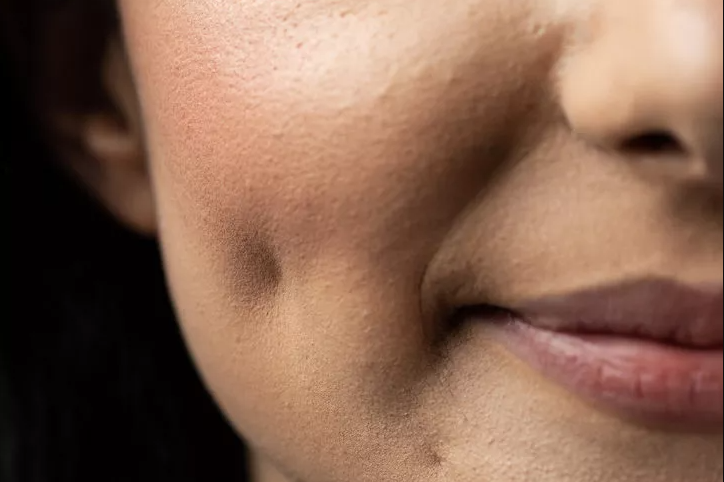Surgical Face aesthetics
These are surgeries performed to remove wrinkles and sagging skin that cannot be removed with medical aesthetics.
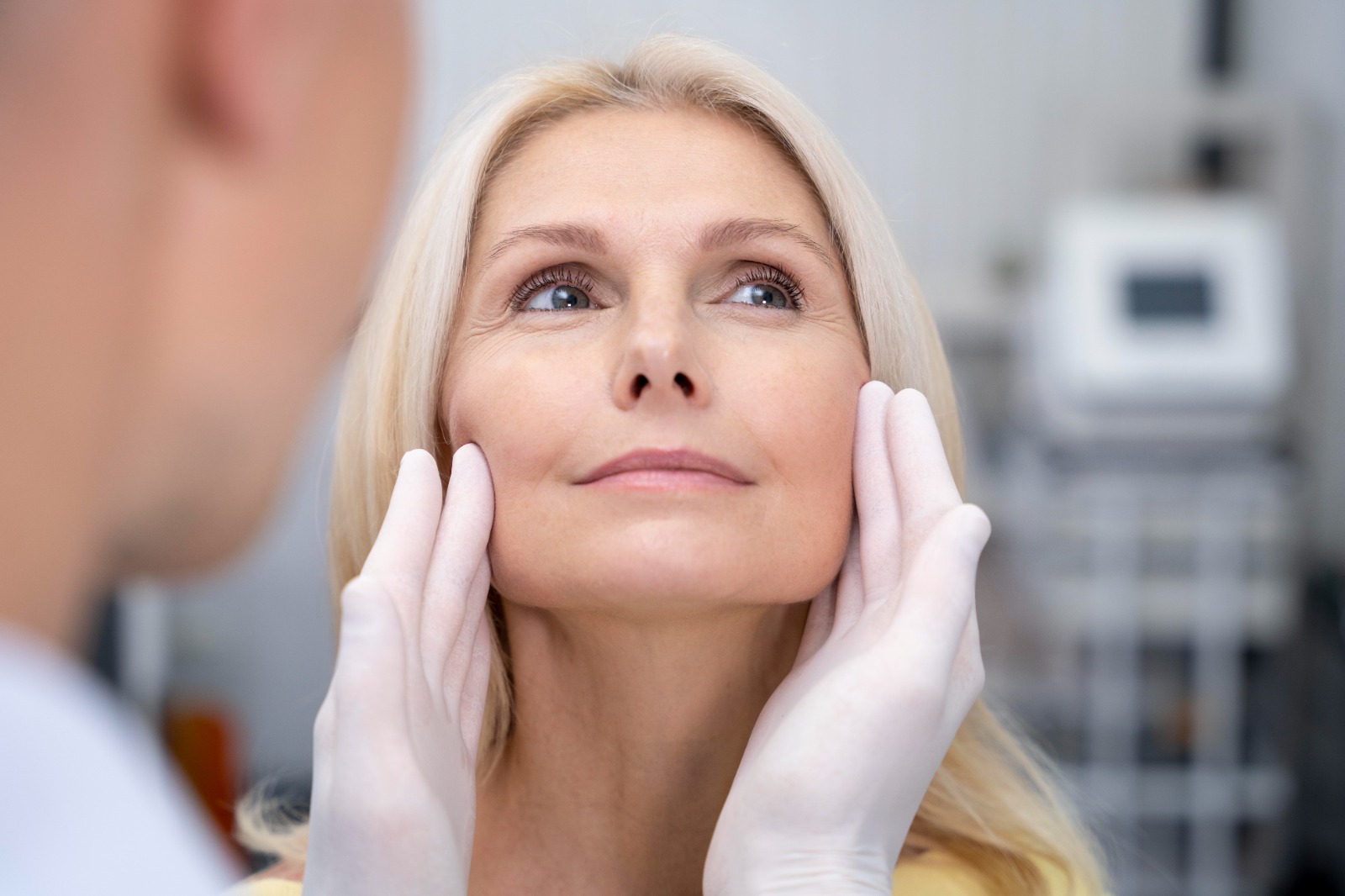
What are Face and Neck Lift Operations?
Why is Face and Neck Lift Performed?
How is Face Lift Performed?
The operation is performed under general anesthesia. It can take an average of 6-8 hours. A facelift can be applied alone or in combination with a neck lift. In addition, rhinoplasty, eyebrow lift, forehead lift, dermabrasion, eyelid aesthetics, lip aesthetics can be applied synchronized with face lift.
What is the Post-Surgery Process?
Face and Neck Lift Surgery
Facelift surgeries aim to remove loose skin tissue on the face. Different surgical techniques such as MAC lift, Extended lift, High Smas, SubSmas, Composite Face Lift can be applied according to the face type of the person.

Double Aesthetics
Depending on the lubrication in the jowl area, there may be a drooping appearance. In the future, laxity of the skin and sagging of the neck may develop. There are different techniques to treat this problem.
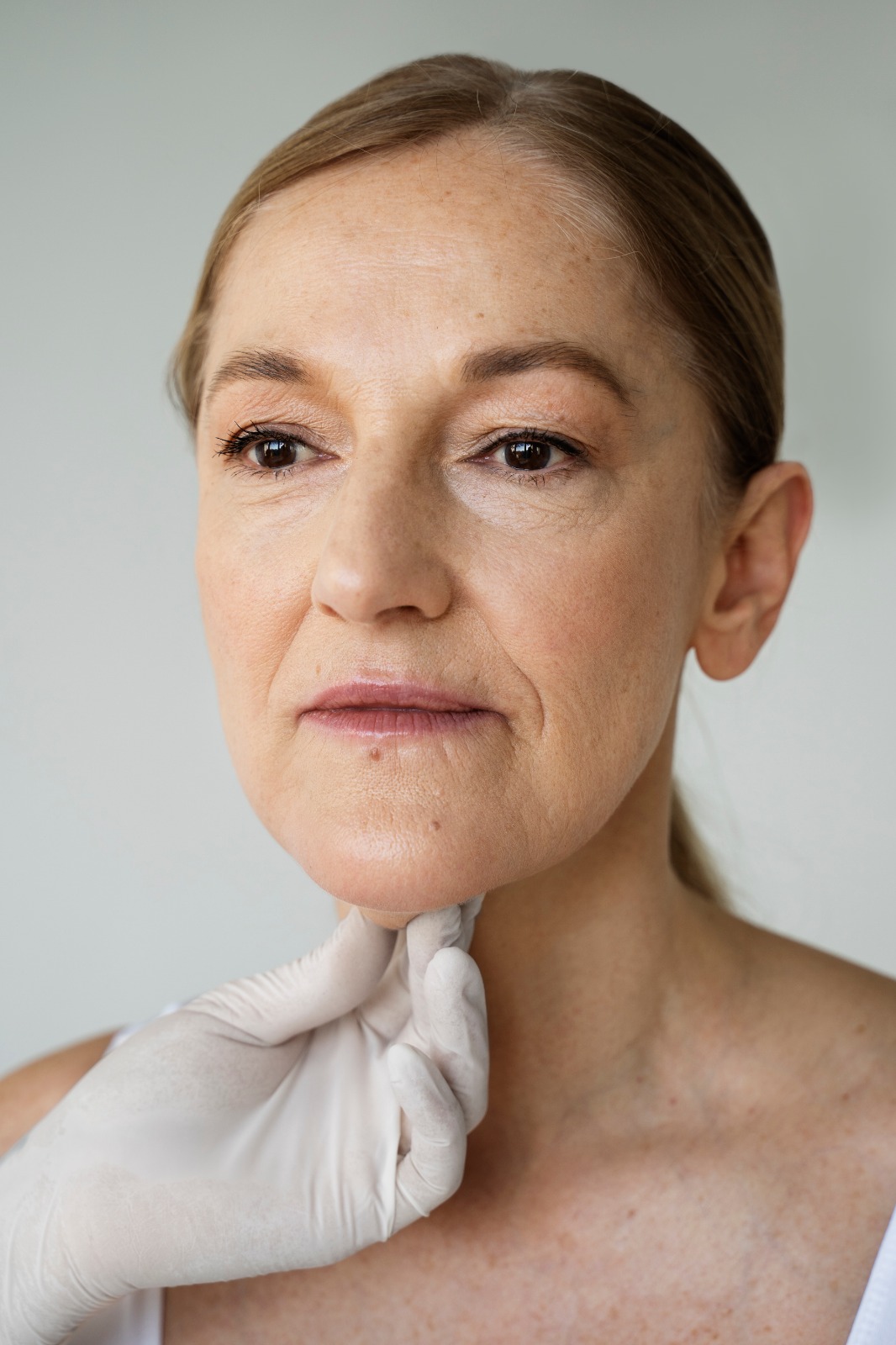
Why is Double Aesthetics Performed?
How is Double Aesthetics Performed?
What is the Post-Surgery Process?
If the patient has pain after the procedure, it can be controlled with painkillers. The results will be seen after the surgery, the final results can be clearly seen after the swelling subsides.
Why is prominent ear surgery done?
The prominent ear deformity is the most common ear shape deformity. Prominent ear deformity is seen at an average rate of %5. It can occur by genetic transmission.
How Is Ear Surgery Performed?
Such surgeries are usually performed under general anesthesia in children and take about 1.5-2 hours in adults; can be done under local anaesthesia. If the patient needs general anesthesia, one night hospitalization is required. In applications performed with local anesthesia, hospitalization is generally not considered. Sutures may open spontaneously in %2-5 of cases due to the technique used after prominent ear surgery or the patient's ear structure. If it is opened, it will be repaired again. Rarely, risks such as bleeding may occur. There are risks such as minor stenosis, correction reaction, deformity, asymmetry and reopening after the operation, but these risks are minimized with surgical techniques. It should not be forgotten that the cartilage structure of each person is different.
What is the Post-Surgery Process?
Prominent Ear Surgery
Ear aesthetics is an operation to correct ear deformities or to correct prominent ears.
Ear aesthetics can be applied from the age of 6 when the ear development is completed.

Eyelid (BLEPHAROPLASTY) Surgery
Blepharoplasty is the procedure of removing excess skin from the upper eyelids.
It is an operation to remove excess skin in the eyelid or fat pocket to give the patient a refreshed youthful appearance.
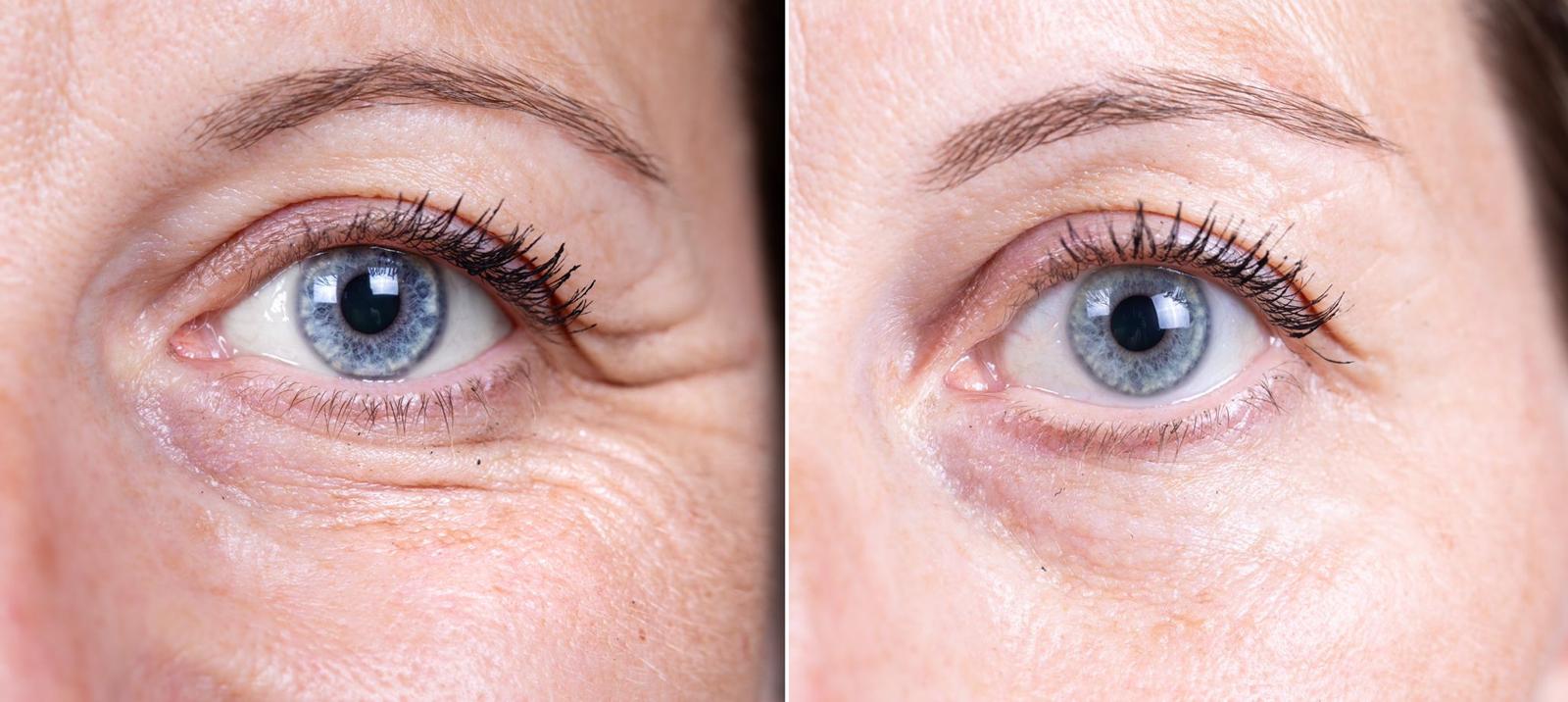
Why Are Eyelid Surgery Performed?
How Are Eyelid Surgery Performed?
For the upper eyelid;
Excess skin on the upper eyelid is surgically removed. If there is a droopy eyelid or ptosis, a brow lift or temple lift can be combined if there is a droopy brow, micro fat injection can be performed if the patient wants a more renewed appearance on the upper eyelid. The scar is planned to remain in the eyelid fold.
For lower eyelid surgery;
The fat accumulation area that causes bagging on the lower eyelid is stretched under the eye or cheek area to correct the bagging. A more effective result is obtained if the mid-face lift is combined with the lower eyelid. In the lower eyelid, the incision is planned to be 2 mm below the eyelashes. In eye area aesthetic applications, procedures are usually performed under local anesthesia. Necessary blood tests are done before the operation. Surgery usually takes 1-2 hours, no hospitalization is required. After the surgery, a dressing consisting of bands is applied around the eyes that does not affect the visual functions of the person.
What is the Post-Surgery Process?
Why Is Eyebrow Lift Done?
How Is Brow Lift Performed?
In eyebrow lift surgery, the tissues under the eyebrows are hung on the muscles in the temple area and placed from the incision line to the hairline. As the incision line is placed on the hairline, it will become less visible over time.
What is the Post-Surgery Process?
Brow Lift Surgery
Brow lift is a surgical procedure to lift eyebrows.
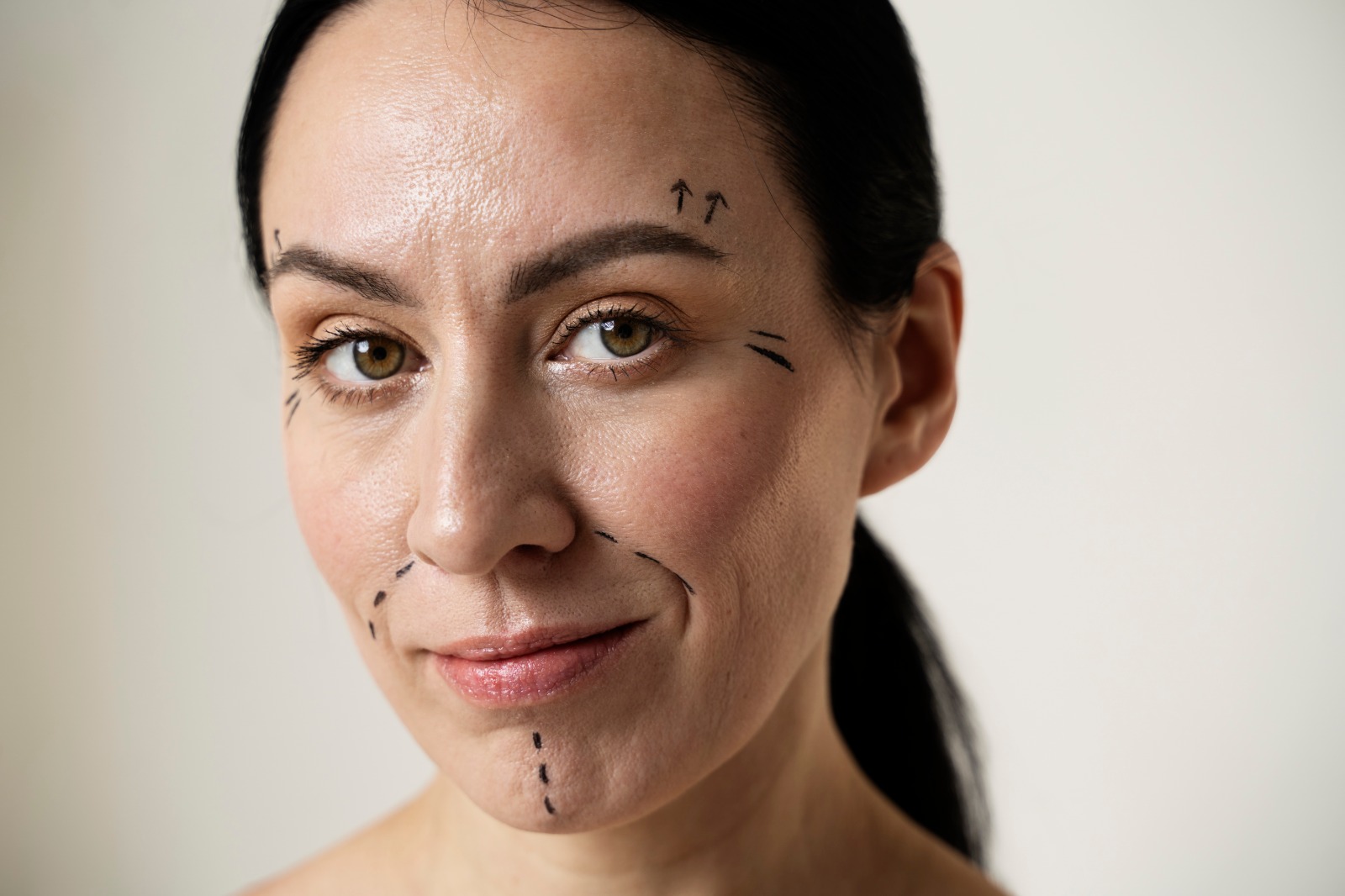
Fox Eye Surgery
Fox Eye is a surgical procedure to lift or reposition the outer corners of the eye.

Why is Fox Eye done?
How is the Fox Eye Procedure Done?
In Fox Eye surgery, the outer corners of the lower eyelid are gently lifted and the forehead skin is lifted slightly.
What is the Post-Surgery Process?
Patients should keep the incision area dry and clean.
The incision line should be avoided from direct sun.
Why is the lip lift procedure done?
How is lip lift done?
What is the Post-Surgery Process?
Lip Lift Surgery
Lip lift is a procedure to reduce the gap between the nose and the lip. The procedure increases the amount of pink tissue, making the upper lip appear fuller.
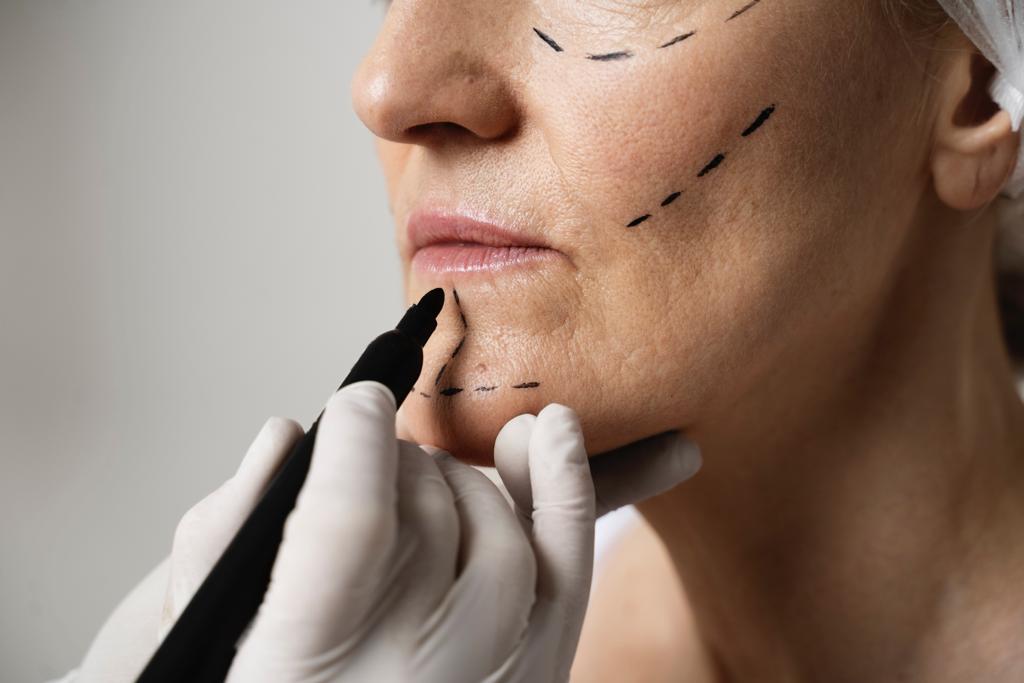
bichectomy
Bichectomy can be explained as the removal of fat from the cheeks, that is, the removal of the buccal pads.

Why is bichectomy performed?
How is bichectomy performed?
The procedure takes about 40-60 minutes.
What is the Post-Surgery Process?
Why is Dimple Aesthetics Performed?
How is Dimple Aesthetics Performed?
What is the Post-Surgery Process?
Dimple Aesthetics
It is a surgical intervention to create dimples on the cheeks.
